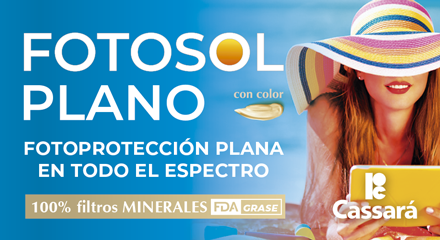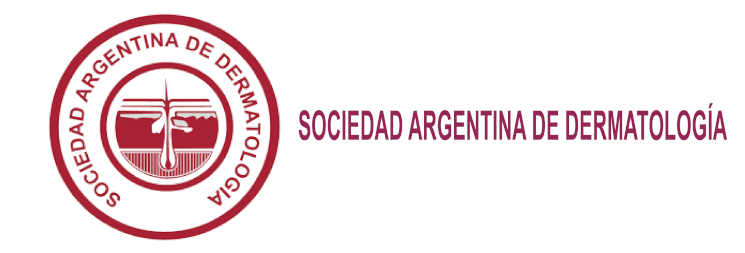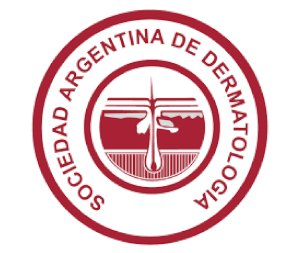Cutaneous manifestations of diabetes mellitus: clinical meaning
Resumen
Abstract
Background. Diabetes mellitus as a chronic disease it is associated to multiple complications. As other organs, skin is affected showing different manifestations.
Objetive. The aim of this study was to determinate the different types of skin lesions in diabetes mellitus and to analyze their prevalence and their clinical correlation with other systemic complications of this disease. Finally, to make a comparative statistical study between patients with and without diabetic dermopathy (DD).
Methods. We included 125 diabetics in a six month period. They were only Internal Medicine Department’s in-patients.
Design. We made a protocoled, transversal, descriptive and observable study.
Results. The 88% had type 2 diabetes mellitus. 57% were female and the mean age was 58.9 years.
Eighty-eight patients had DM chronic complications: 35% DD, 32% nephropathy, 26% retinopathy, 41% neuropathy and 15% macroangiopathy. The average of cutaneous lesions per patient was 4,4. The 90.4% had cutaneous manifestations, being the most frequent: xeroderma (69%), dermatophytosis (52.8%), peripheral hypotrichia (39%), DD (35%). After doing a comparative analyze between patients with and without DD, we found, in the fi rst group more frequently (p<0,05) the followings variants: male sex, over 50 years old, retinopathy, sensitive neuropathy, macroangiopathy, diabetic foot and tinea pedis.
Conclusions. The cutaneous lesions more frequently found in diabetic patients were xeroderma, tinea pedis, onychomycosis, peripheral hypotrichia and DD. As we found a statistic signifi cant
association between DD and some systemic complications of DM, we propose to use this cutaneous sign as a marker of internal complications
(Dermatol Argent 2010;16(2):117-121).
Descargas
Publicado
Número
Sección
Licencia
El/los autor/es tranfieren todos los derechos de autor del manuscrito arriba mencionado a Dermatología Argentina en el caso de que el trabajo sea publicado. El/los autor/es declaran que el artículo es original, que no infringe ningún derecho de propiedad intelectual u otros derechos de terceros, que no se encuentra bajo consideración de otra revista y que no ha sido previamente publicado.
Le solicitamos haga click aquí para imprimir, firmar y enviar por correo postal la transferencia de los derechos de autor










